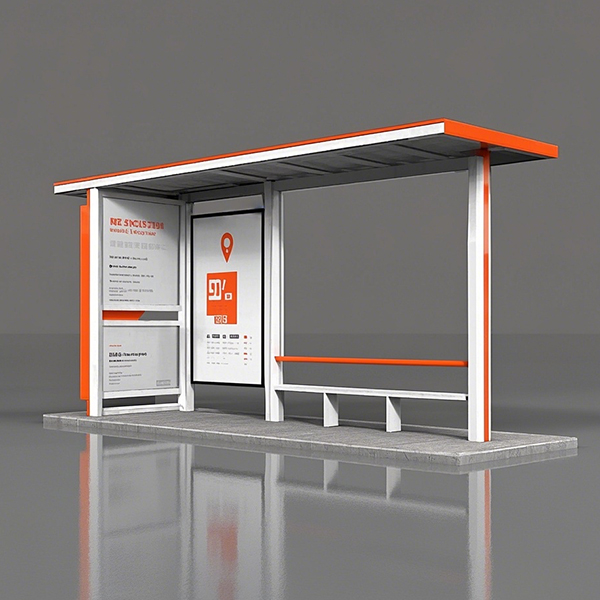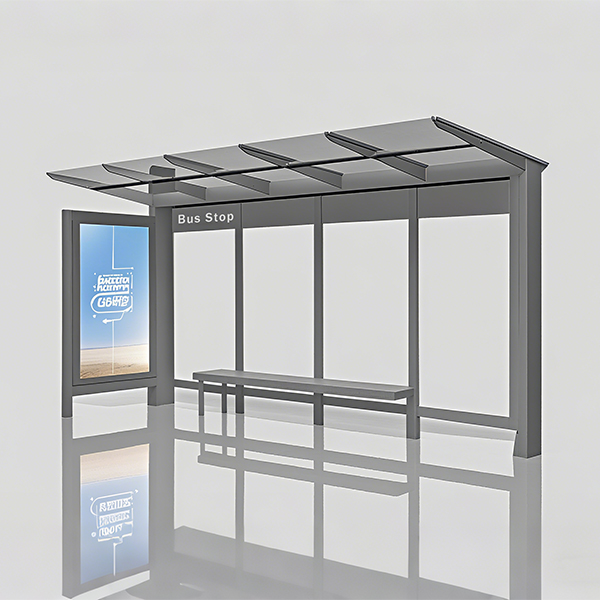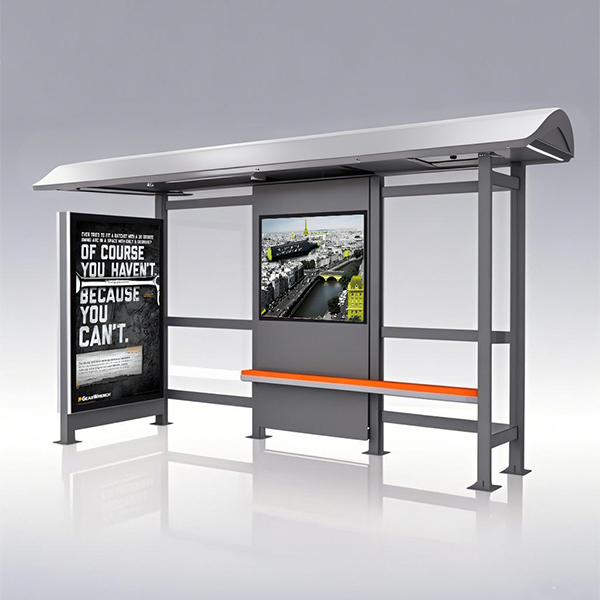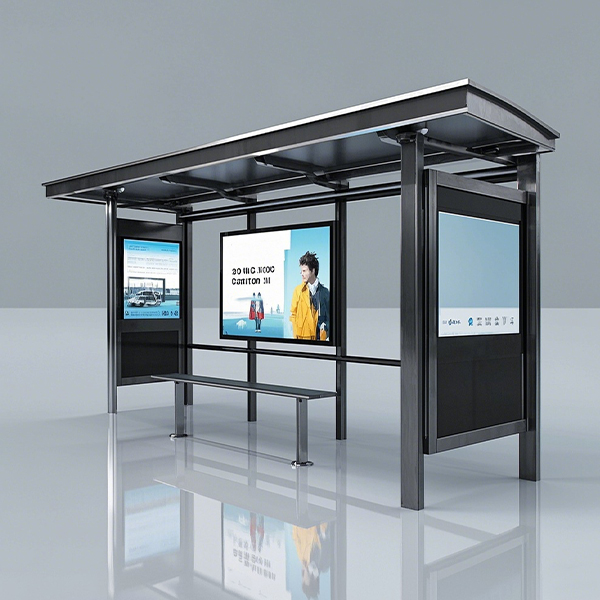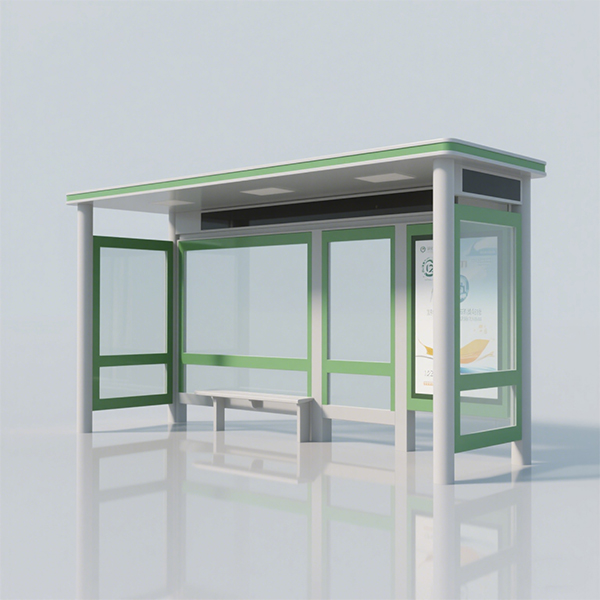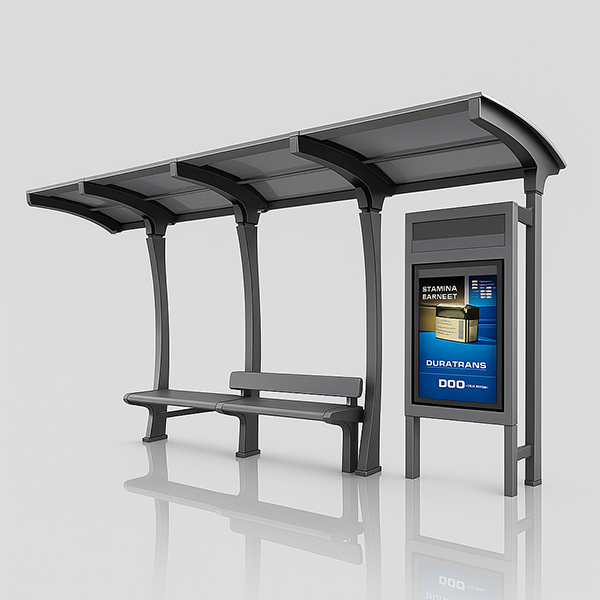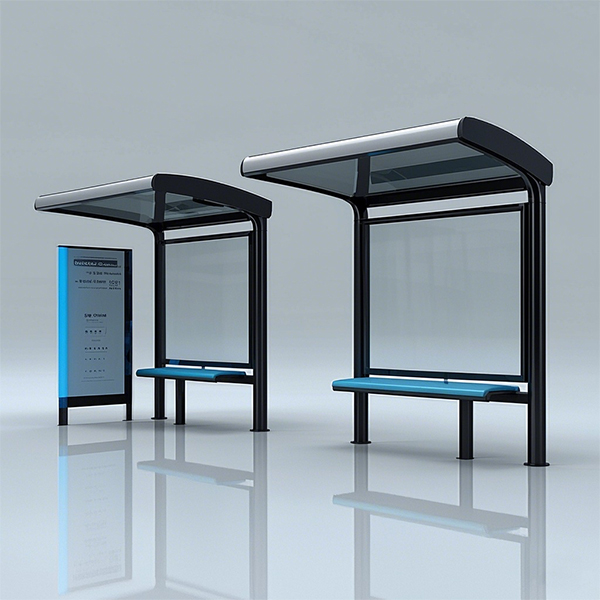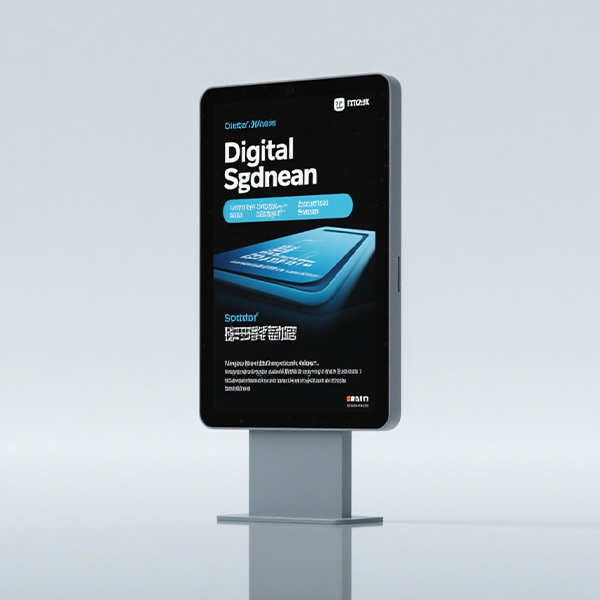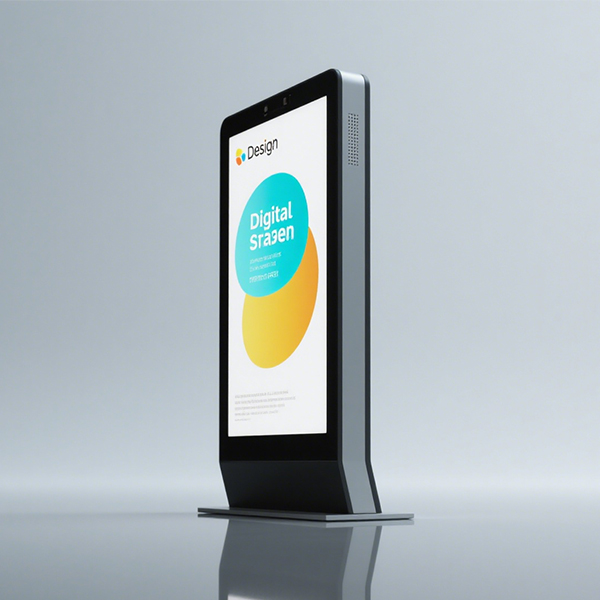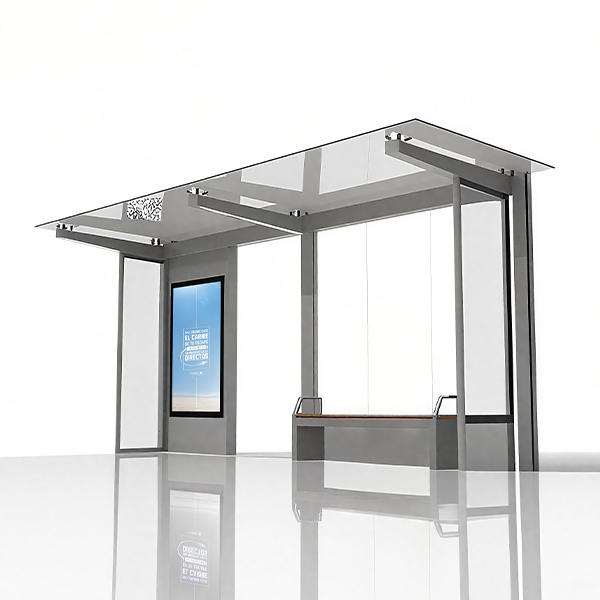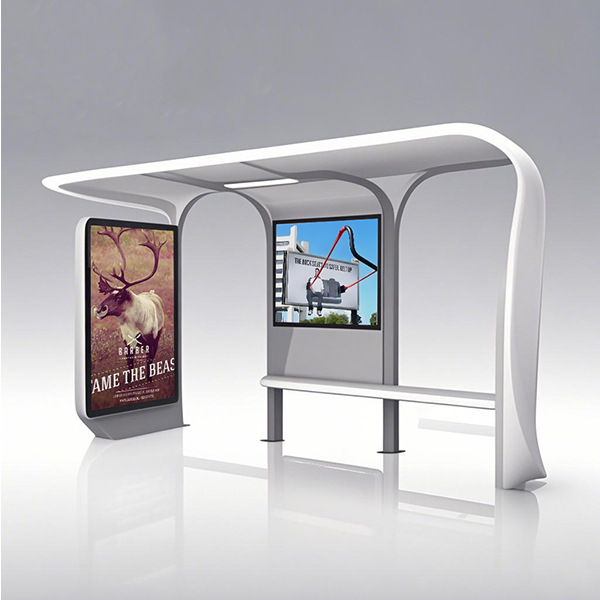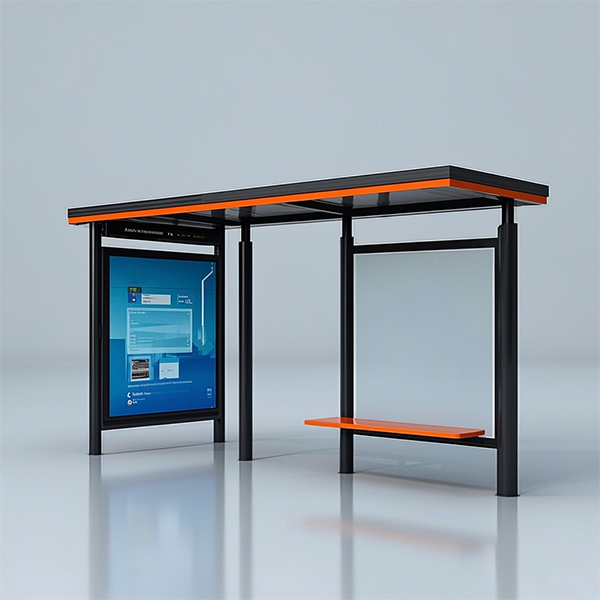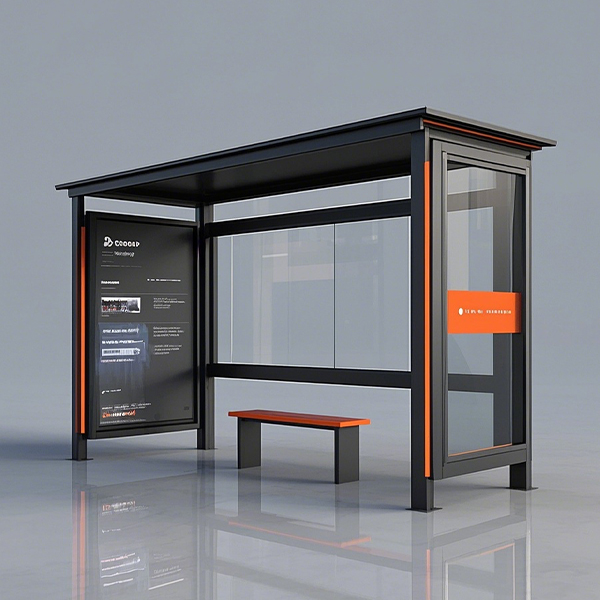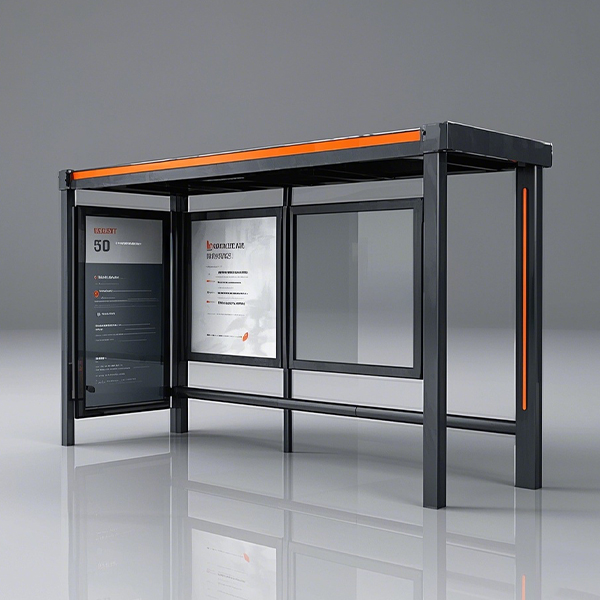
Bus Stop Signage
This guide provides a detailed overview of effective bus stop signage, covering design, materials, regulations, and best practices to ensure clear communication and passenger safety. Learn how to create bus stop signage that is both informative and visually appealing, leading to improved passenger experience and reduced confusion.
Designing Effective Bus Stop Signage
Visibility and Readability
The primary goal of bus stop signage is clear communication. Signage must be easily visible from a distance, especially in low-light conditions. Consider using high-contrast colors (e.g., white lettering on a dark background) and a large, legible font size. The font should be simple and easy to read from a distance, avoiding overly stylized or decorative fonts. Reflecting materials can increase visibility, especially in sunlight. We at Shandong Luyi Public Facilities Co., Ltd. understand the importance of visibility, and offer a wide range of solutions to meet these needs. Visit our website at https://www.luyismart.com/ to learn more.
Information Hierarchy
Organize information in a clear and logical hierarchy. The most important information (e.g., route numbers and destinations) should be prominently displayed, while less critical information (e.g., schedule details or accessibility information) can be placed in a less prominent location. Consider using different font sizes and weights to create visual hierarchy.
Materials and Durability
Choose durable materials that can withstand the elements, such as vandalism and harsh weather conditions. Aluminum, polycarbonate, and other weather-resistant materials are commonly used for bus stop signage. The material should also be easy to clean and maintain. Proper installation is also crucial for long-term durability.
Legal and Regulatory Considerations for Bus Stop Signage
Local and national regulations may govern the size, placement, and content of bus stop signage. Before designing and installing any signage, consult relevant authorities to ensure compliance with all applicable regulations. These regulations often address visibility requirements, material specifications, and permitted information.
Best Practices and Examples of Effective Bus Stop Signage
Clear and Concise Language
Use clear, concise, and unambiguous language. Avoid jargon or technical terms that passengers may not understand. Keep the message simple and to the point. Consider using symbols and pictograms to enhance understanding, particularly for multilingual populations.
Accessibility Considerations
Bus stop signage should be accessible to people with disabilities. This includes providing tactile signage for visually impaired individuals and ensuring that information is presented in a way that is easy to understand for people with cognitive impairments. Braille and large print should be considered.
Maintenance and Upkeep
Regular maintenance is essential for ensuring the longevity and effectiveness of bus stop signage. This includes regular cleaning, repairs, and replacements as needed. Regular inspections can help identify potential issues early on.
Choosing the Right Bus Stop Signage for Your Needs
The selection of appropriate bus stop signage depends heavily on several factors, including location, budget, and the specific needs of the community. Consider the following:
| Feature | Option 1 | Option 2 |
|---|---|---|
| Material | Aluminum | Polycarbonate |
| Illumination | LED Backlighting | Reflective Coating |
| Size | Standard Size | Customizable |
Shandong Luyi Public Facilities Co., Ltd. offers a wide variety of solutions to meet your specific requirements for bus stop signage. Contact us today to learn more about our products and services.
1This information is based on general best practices and industry standards. Always consult local regulations and authorities for specific requirements.
Соответствующая продукция
Соответствующая продукция








